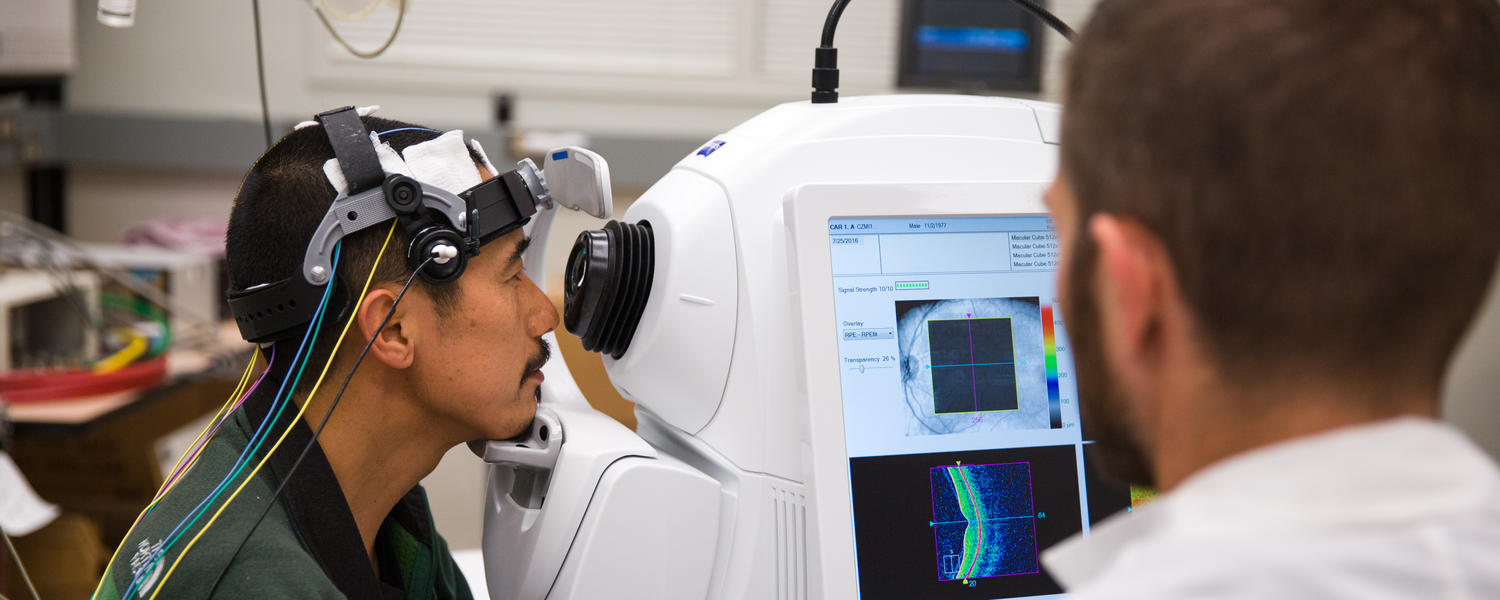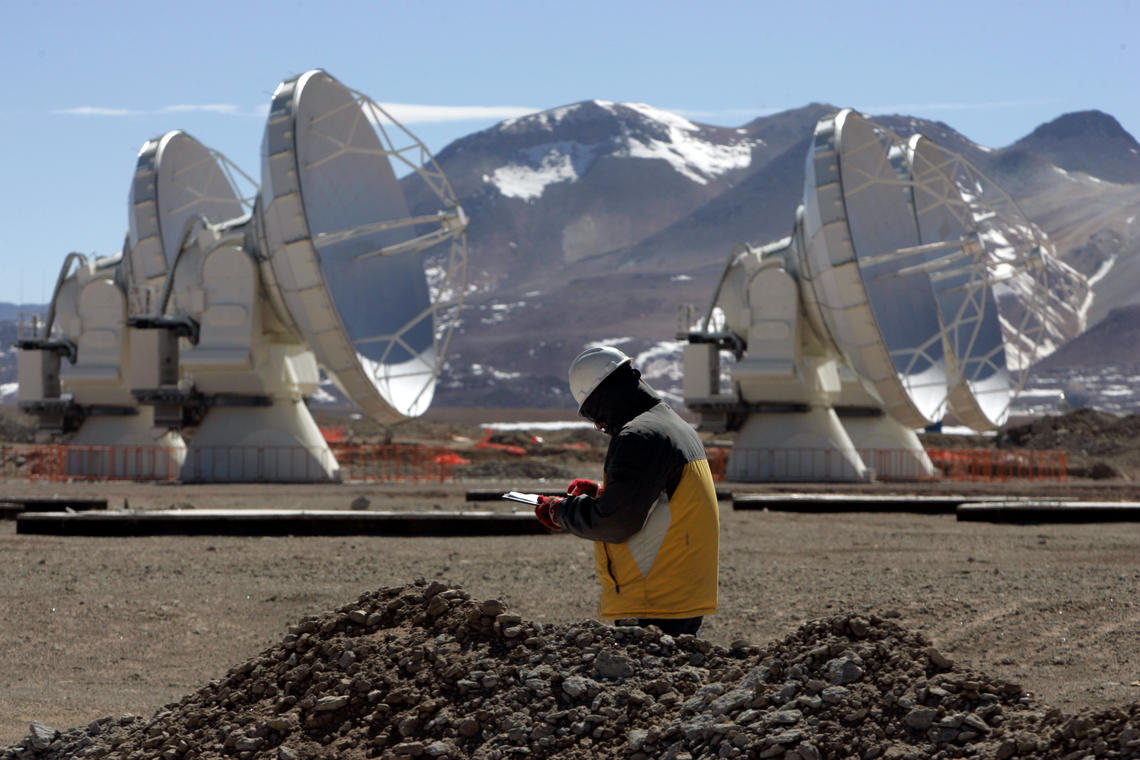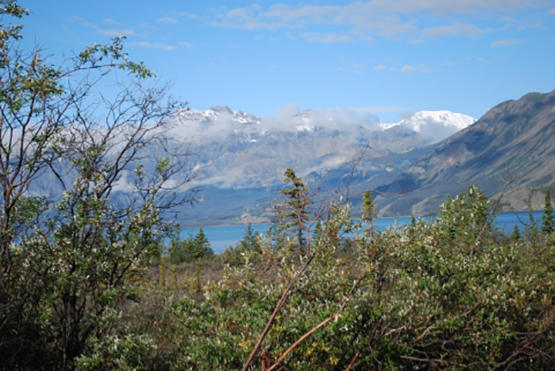
Our research
The core team consists of a mix of junior and senior faculty, and genders that spans University of Calgary (UofC) [Medicine, Biomedical Engineering, Computer Sciences, Education, Kinesiology, Psychology, Business] and disciplines from cell physiology to cognitive and computer science to education of Executives. Each is accomplished in their field; most have served on Tri-council peerreview panels and hold NSERC DGs. Collectively, the team has >200 years’ experience, published >700 peer-review papers and over the past six years have mentored over 625 exceptional trainees (includes both direct supervision and career development, i.e., REALISE, programs).



Researchers at ALMA study the effects of working at high altitude
An international team of doctors and researchers conducted a study at the Atacama Large Millimeter/submillimeter Array (ALMA) to identify the consequences of working at high altitude where the body can experience oxygen deficiency, a medical condition known as hypoxia. The extreme altitude of the observatory — 2,900 meters at the Operations Support Facility (OSF) and the Array Operations Site (AOS) at 5,000 meters — makes it a natural laboratory for this type of research, which is extremely useful to both ALMA and other operations at high altitudes.
Canadian, Swiss, and Chilean experts met at ALMA in April 2016 to examine workers who volunteered for the study, separating those who suffer from chronic illnesses such as hypertension or obesity from healthy workers in order to compare and understand the effects of hypoxia. Over the course of six weeks, doctors examined their cognitive skills, sleep quality, breathing patterns, blood flow to the brain, and hemodynamic changes between the heart and lungs.
For Dr. Marc Poulin from the University of Calgary, Canada, who forms part of this study, “The working conditions at ALMA are ideal for our research. It has high quality infrastructure and is a true natural laboratory due to its high altitude.”
Most of the workers at the observatory live in cities located at low altitudes, and work 8×6 shifts (8 days of work followed by 6 days off) at the ALMA OSF. The camp where the workers sleep is located here, as well as the laboratories, workshops, offices and antenna control room. Some workers have to ascend to the ALMA AOS at 5,000 meters, where they work with the antennas and correlator that synchronizes their signals. It is at this higher altitude that some staff experience intermittent hypoxia.
The purpose of this study is to understand the long-term effects on workers’ performance, health, and safety from ongoing or intermittent exposure to hypoxia. This study is meant to optimize treatments that would help workers operate at altitude. It also may lead to new treatments from the lessons learned through this study in development. Continue reading
Kluane Lake Research Station (KLRS) is located 220 km northwest of Whitehorse, Yukon, on the south shore of Kluane Lake, on the traditional lands of the Kluane First Nations and Champagne and Aishihik First Nations, and is in close proximity to the Kluane National Park and Reserve, which is a UNESCO World Heritage Site. The station was established in 1961 and has provided support to researchers from across Canada and around the world since that time. The extreme elevation difference between Kluane Lake and the crest of the St. Elias Mountains establishes a strong gradient in environmental attributes and results in a remarkable diversity of research opportunities within a small geographical area. This diversity is reflected in the unique scientific legacy of KLRS across the disciplines of glaciology, geomorphology, geology, biology, botany, zoology, hydrology, limnology, climatology, physiology, anthropology and archaeology and in over 1500 scientific publications, many of which are described in the Kluane Lake Research Station Bibliography.
The Kluane Lake Research Station (KLRS) is owned and managed by the Arctic Institute of North America (AINA), which is a non-profit research and education institute housed at the University of Calgary.
BIODIVERSITY AND NATURAL ENVIRONMENT
The extreme elevation difference between Kluane Lake and surrounding unfragmented boreal forest and grasslands, and the crest of the St. Elias Mountains, including Canada’s largest mountain Mount Logan, establishes a strong gradient in environmental attributes and results in a remarkable diversity of research opportunities within a small geographical area. This diversity is reflected in the unique scientific legacy of KLRS.
GENERAL RESEARCH AND DATABASES
KLRS has hosted a wide variety of disciplines over the last 50 years. The main projects have been related to geology, glaciology and geophysics in the ice-field region; high-altitude physiology on Mt. Logan; a collaborative project investigating long-term interactions within the boreal forest; climate modelling; and regional remote sensing. The Arctic Institute of North America also maintains a major database called ASTIS, and publishes the quarterly journal “Arctic”.
HUMAN DIMENSION
The study area at Kluane is within the traditional territory of Kluane First Nation (KFN) and Champagne and Aishihik First Nations (CAFN). Members of these local communities were instrumental in research productivity during the formative years of the research station, and continue to be active partners in station-based research.


